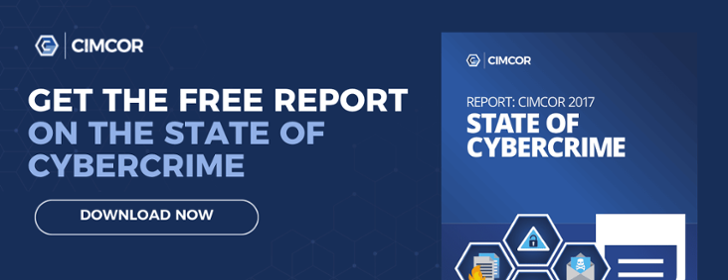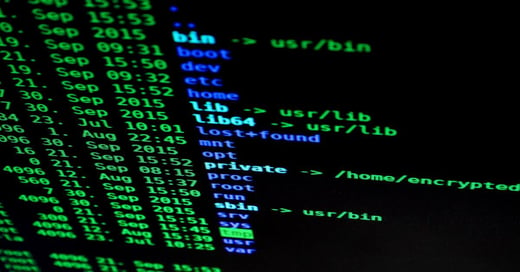Where to Begin
The year 1998 brought about change in the technology industry. Google became incorporated. MySQL was released allowing for an open-source, downloadable database. 3DES, also known as Triple Data Encryption Algorithm, was published. We also saw the beginning of weblogs, or blogs as they are currently known, and we were first introduced to the creators of VMware.
It has been close to two decades since Congress passed the Identity Theft and Assumption Deterrence Act. The focus for 1998 was the protection of one’s identity making this type of theft a federal offense. Fast-forward to 2007, stolen credit card data was being sold to the highest bidder. David Wall described the focus of cybercrime as obtaining information to extract the value of information. 2007 also included the iPhone and Android, bringing mobile communications to a new level, and new levels of vulnerability. In the years to follow, cybercrime has more of a global stronghold.
The question remains: Can the laws and those in security keep up with those committing the crimes, and the types of crimes being committed?
For Power or Money
Cybercrime has surpassed physical crime in frequency and cost to society even though less than one-third of cybercrimes are even reported. So why do breaches continue to occur, and what is the incentive? Many believe it is simply for the art of achieving the hack, or the sense of power one feels when a breach occurs. For others, the financial incentive may be too much to pass up. Other reasons for hacking can include vigilantism, idealism, or even malicious intent.
The Future of Cybercrime
So what does 2017 hold for the future of cybersecurity and cybercrime? With the value of stolen credit cards decreasing annually, those who hack have turned to a new method of making money, ransomware.
Download Cimcor's 2016 State of Cybercrime Report for additional perspectives regarding the state of security and cybercrime in the coming months.
Tags:
Cybersecurity
August 3, 2016




